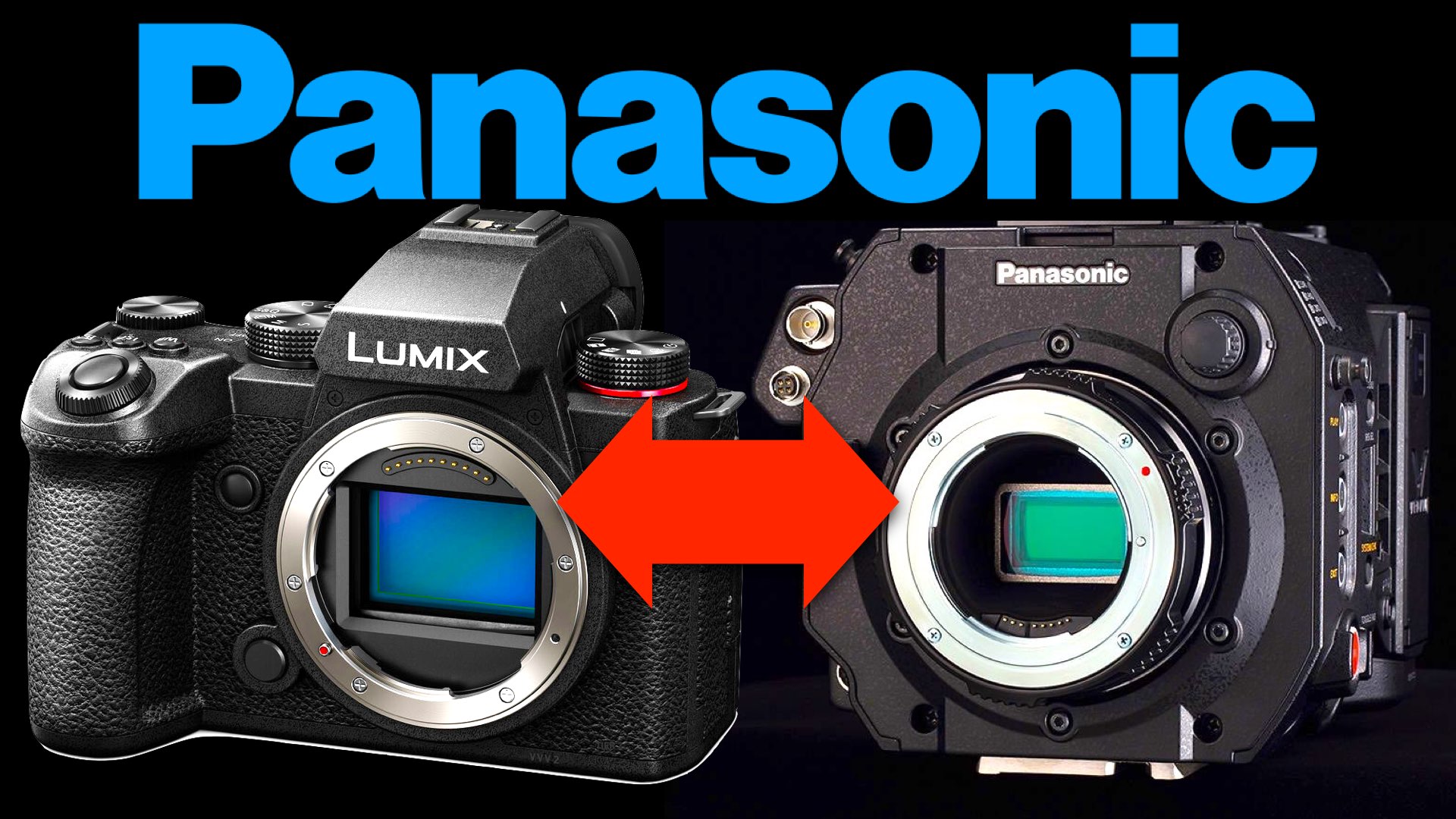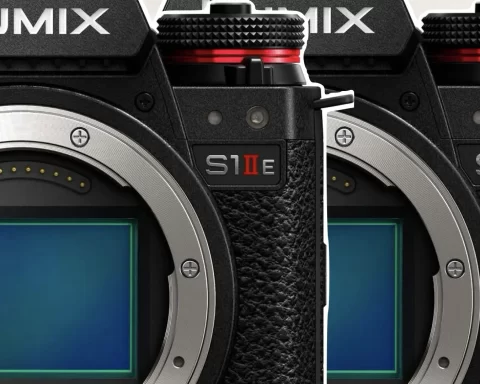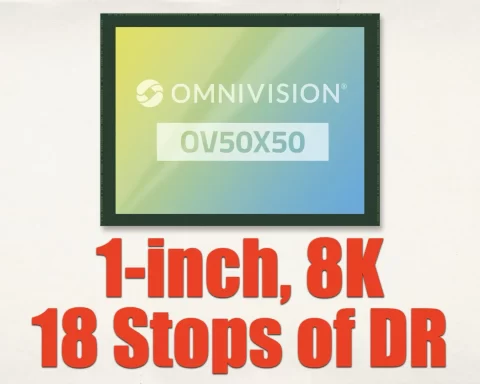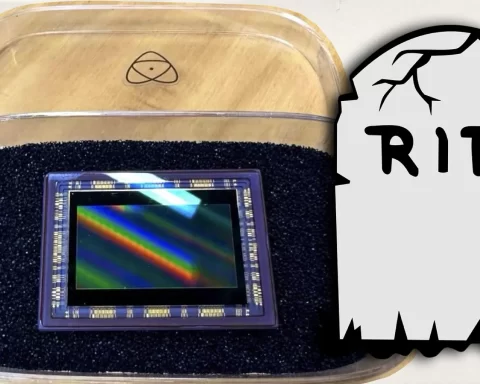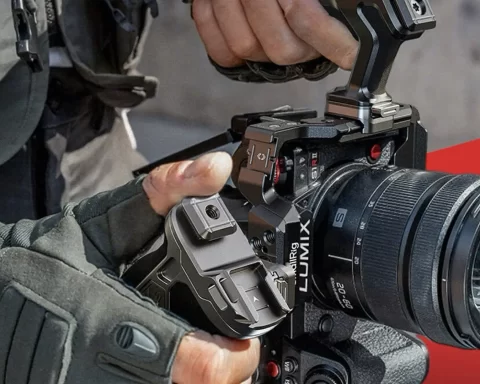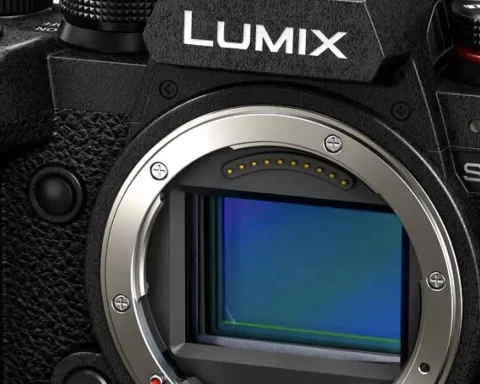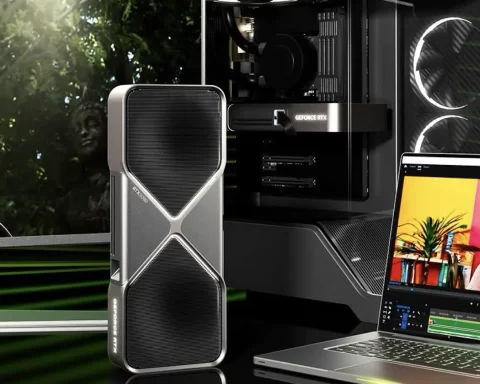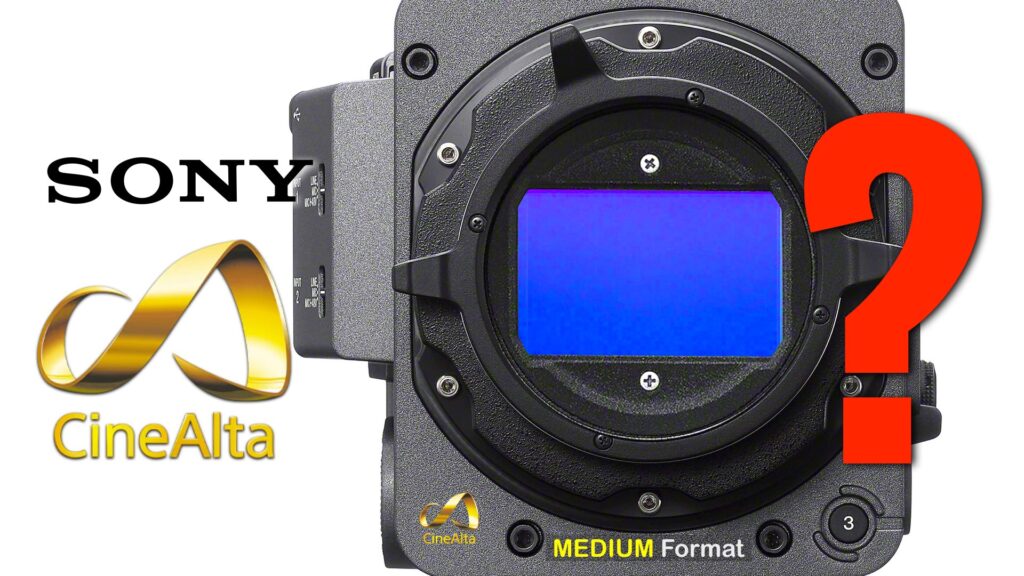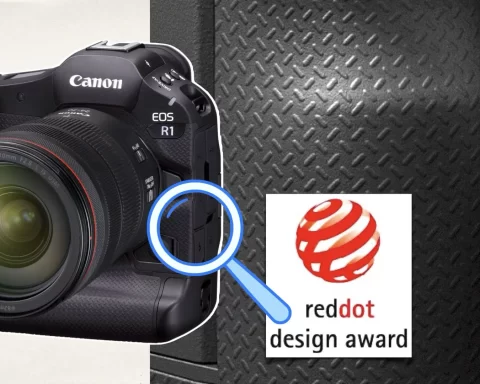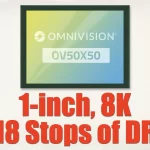Panasonic Group has announced the integration and strengthening of its Imaging Businesses. This means that the Pro-AV and Panasonic Visual will be transferred from Panasonic Connect to PEAC (Panasonic Entertainment & Communication). This merging was executed to bridge the professional (Pro-AV) and consumer (Image) divisions for a better market’s need. Will the cinema lineup be renovated as well?

A bit of history: Panasonic has abandoned the Cinema lineup
A few years ago, Panasonic developed state-of-the-art cinema cameras. For instance, the VariCam has produced outstanding imagery (till today, BTW). Furthermore, the EVA1 and the flagship VariCam were defined as Panasonic’s Cinema Camera lineup. These cinema cameras have been extensively used by filmmakers, including in high-end productions (Netflix, Hollywood, etc). However, at the end of 2021, we reported that Panasonic stopped updating the social channels, publications, and discussions regarding the EVA1 and VariCam, and that may indicate the termination of this cinema lineup. Furthermore, several significant price drops were applied. For instance, in 2019, three years after its introduction, Panasonic announced a major price drop for the VariCam LT – from $18,000 to $9,995. A year later, those cameras were barely mentioned by Panasonic which has been focusing on its consumer lineup, which is the LUMIX.
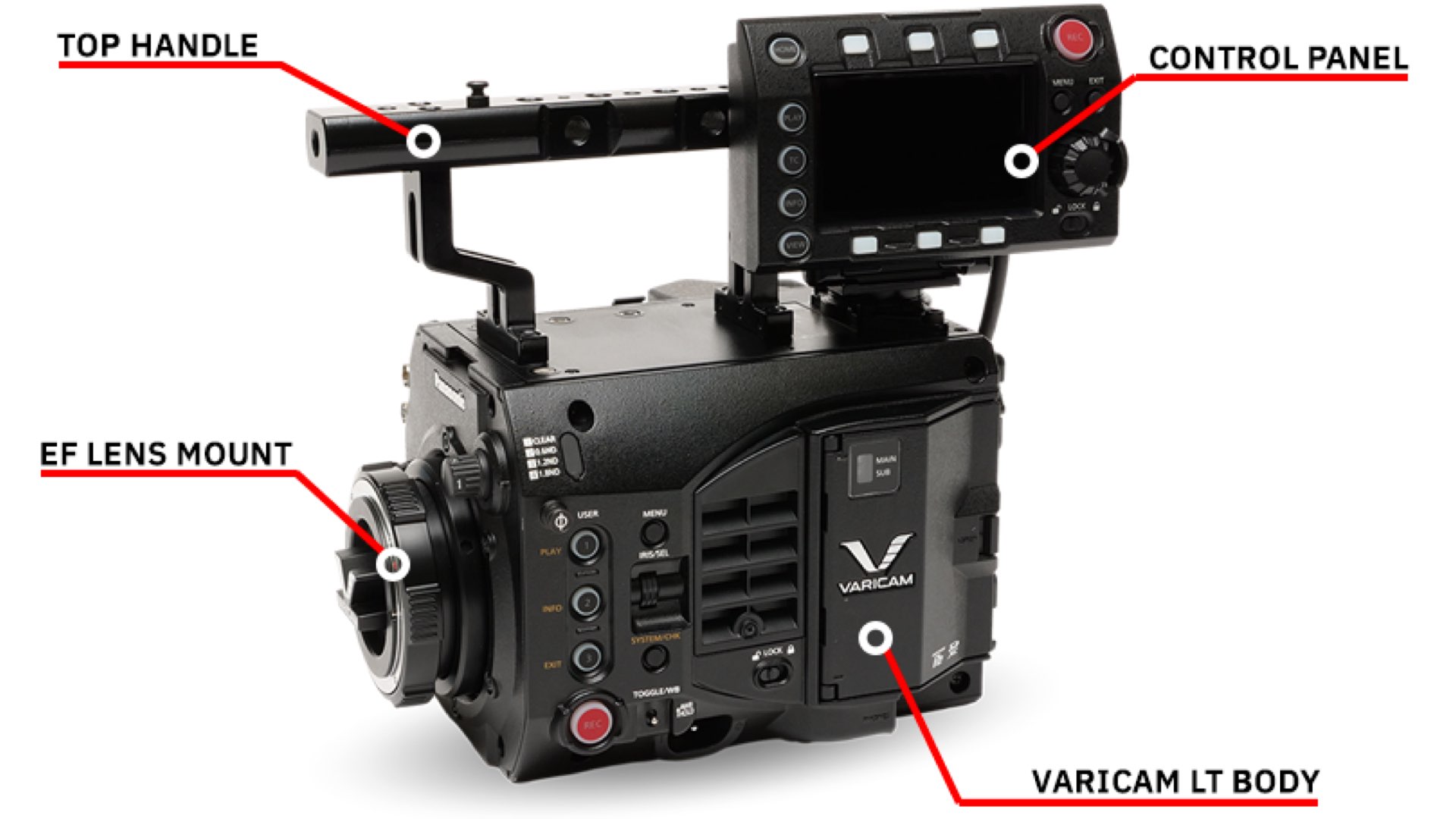
A VistaVision VariCam was planned
It appeared that the wonderful VariCam LT was fading. No LT firmware was pushed. Furthermore, at the Panasonic CES 2022 Press Conference, Panasonic stated that “As for that camera that shall not be named, we can assure you you’ll be releasing specs before spring arrives”. Many hoped that Panasonic would announce a new full-frame version of the Super 35 VariCam (titled Panasonic VariCam VistaVision), however, it was LUMIX that became the main brand regarding the Imaging division. The forgotten EVA and VariCam were part of the Pro-AV which was dominated by the great PTZ cameras.
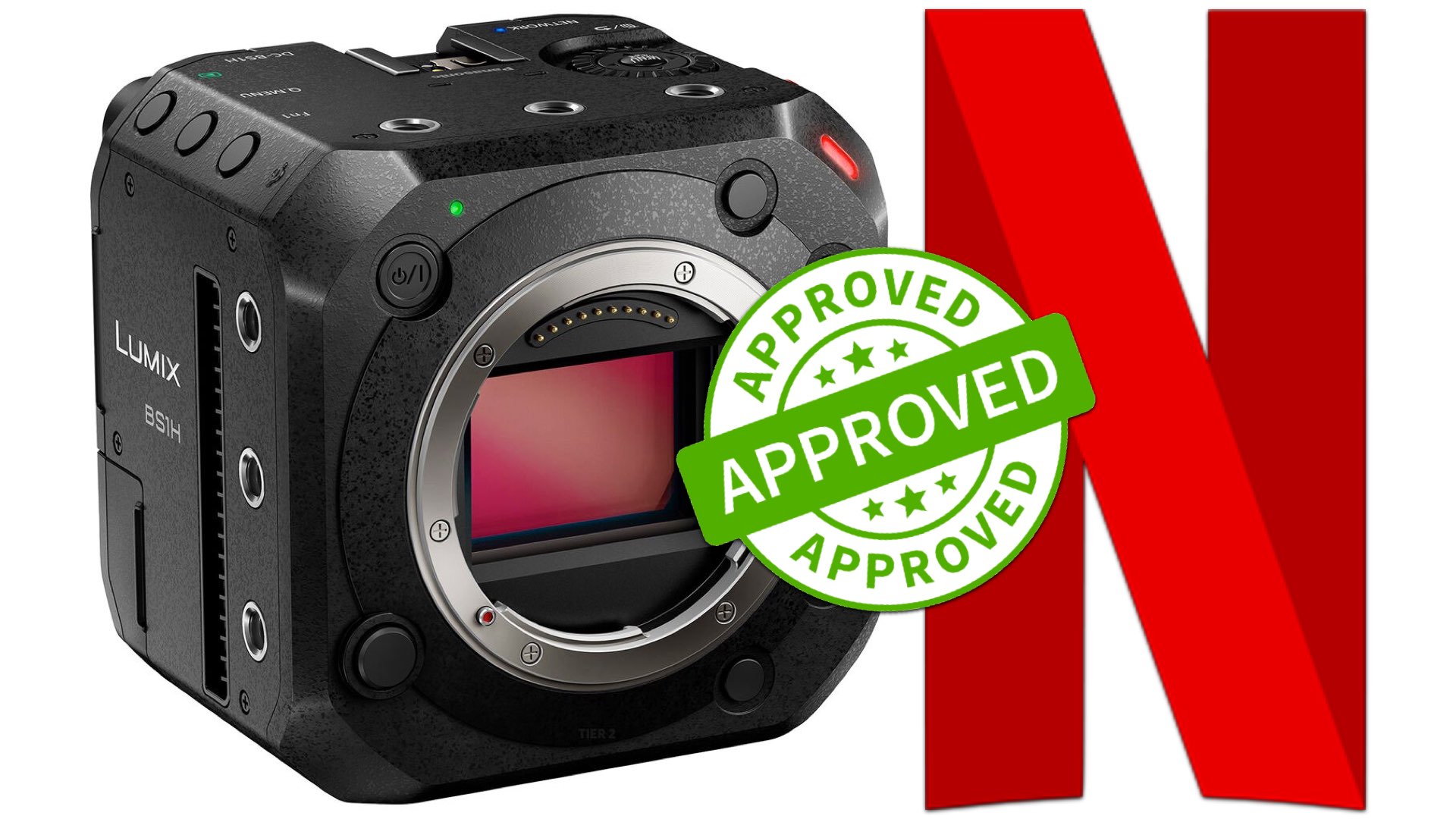
In recent years, the imaging market has seen increased demand, particularly for mirrorless digital cameras, due to the expansion of video production for solo creators. On the other hand, the professional video production market, such as cinema and broadcast production, is also growing, and due to the increasing size of sensors in mirrorless digital cameras and tighter budgets for production the lines between consumer and professional video production markets are quickly blurring.
Panasonic
Good explanation of what’s going on
Here’s a citation of one of our readers (Oliver Moereels) that explains that situation very well: “Firstly, there is no ‘camera division’. The consumer image division (LUMIX) and Pro-AV division (Varicam and EVA1) are different entities inside the company. They share technologies but have separate goals and leadership. As long as the divisions make money, they’re safe. The Pro-Av division has the studio, ENG, and PTZ cameras under its wing as well. And vision mixers, and pro displays, … Panasonic owns the PTZ market and is still a big name in ENG. They are not getting out of the camera business. But it is a huge company and cameras are only a very small part of its business. It’s clear the Varicam 35 is nearing EOL. Panasonic clearly states limited stock for the 35 and Pure on its website and the HS camera head has been out of production for a while now. The LT lives on, is used on quite a few TV shows, and with the addition of CineLive can be used in multicam as well. So it’ll be along for a bit longer. Both the EVA1 and the VaricamLT are great cameras, but they never gained much traction. They were a bit late to the party. People who use them love them, but there’s no point in keeping expensive social media and other campaigns and websites alive at this point. The models are too old to get much marketing attention, other than getting the price down. This was doable for the LT but not for the 35, although both are hand-built to order and over-engineered tanks. But the market has gone to full frame, where Panasonic has put the S1H and the box variant BS1H. The sensor in these cameras builds upon the sensor tech in the VariCams, but Panasonic was already developing its next big thing. The 8k organic sensor. My guess is they will develop full frame and S35 variants of this and come with ENG and pro-cinema-styled cameras from this sensor tech. BTW, even 7(!) years after being released, the Varicam S35 sensor still shoots great images with fantastic color information and fidelity”. The comment was two years ago. Now, Panasonic has released a statement that sheds a bit of light on its imaging division.
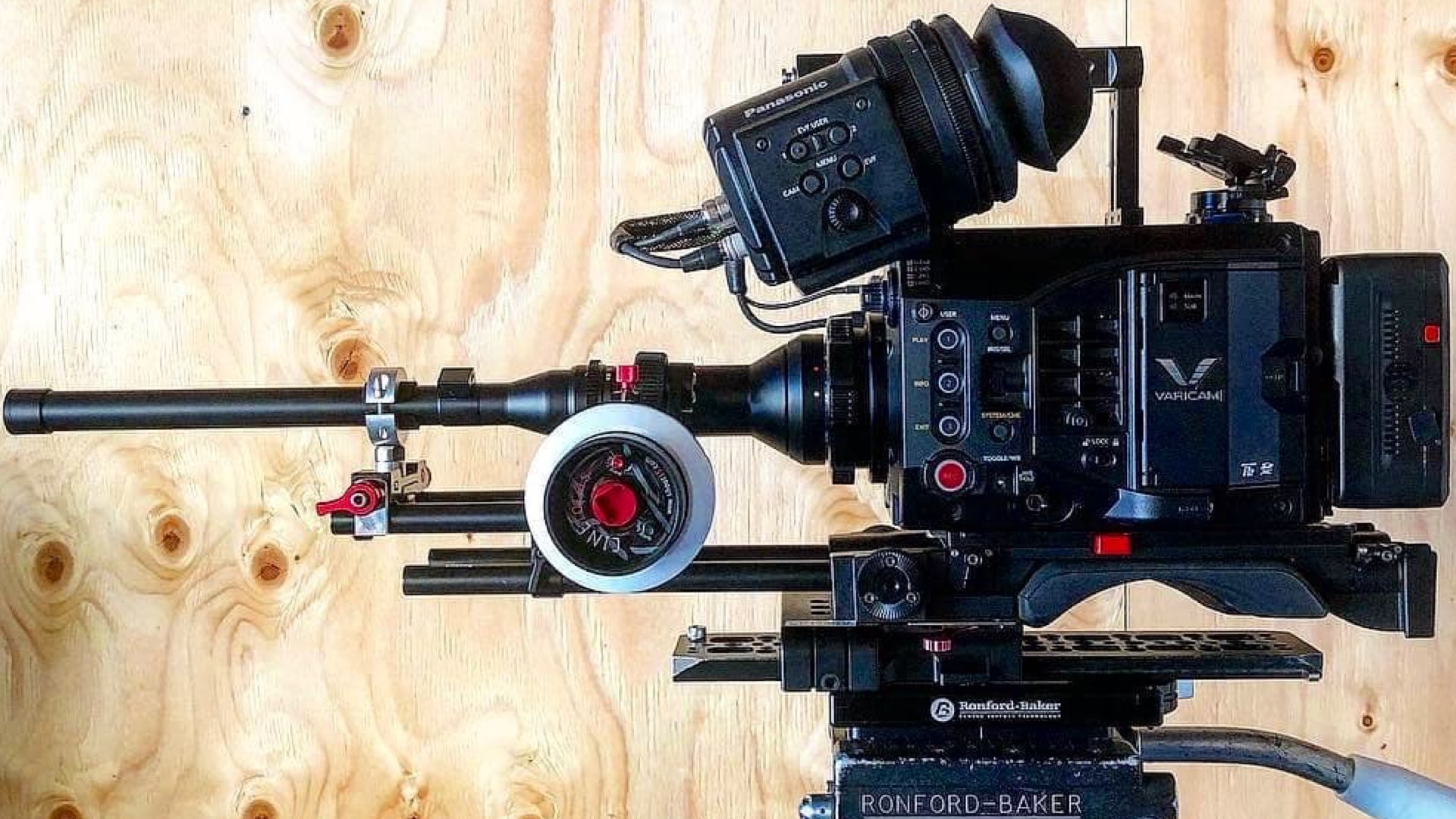
In the future, there is expected to be further integration of consumer and professional video production and live-video streaming, leading to the continued growth of the imaging market.
Panasonic
Merging the professional and consumer
As stated by Panasonic in the recent press release: “Panasonic Connect Co., Ltd. and Panasonic Entertainment & Communication Co., Ltd. (PEAC) announced today that they have decided to transfer the Professional AV business and Panasonic Visual Co., Ltd. from Panasonic Connect to Panasonic Entertainment & Communication. Foreseeing future growth in the overlapping markets for consumer and professional video production, and live-video streaming, the move to integrate the businesses will enable the Panasonic Group to strengthen its imaging business and achieve high growth. The integration is scheduled to take place on April 1, 2024” (Not a very good date).
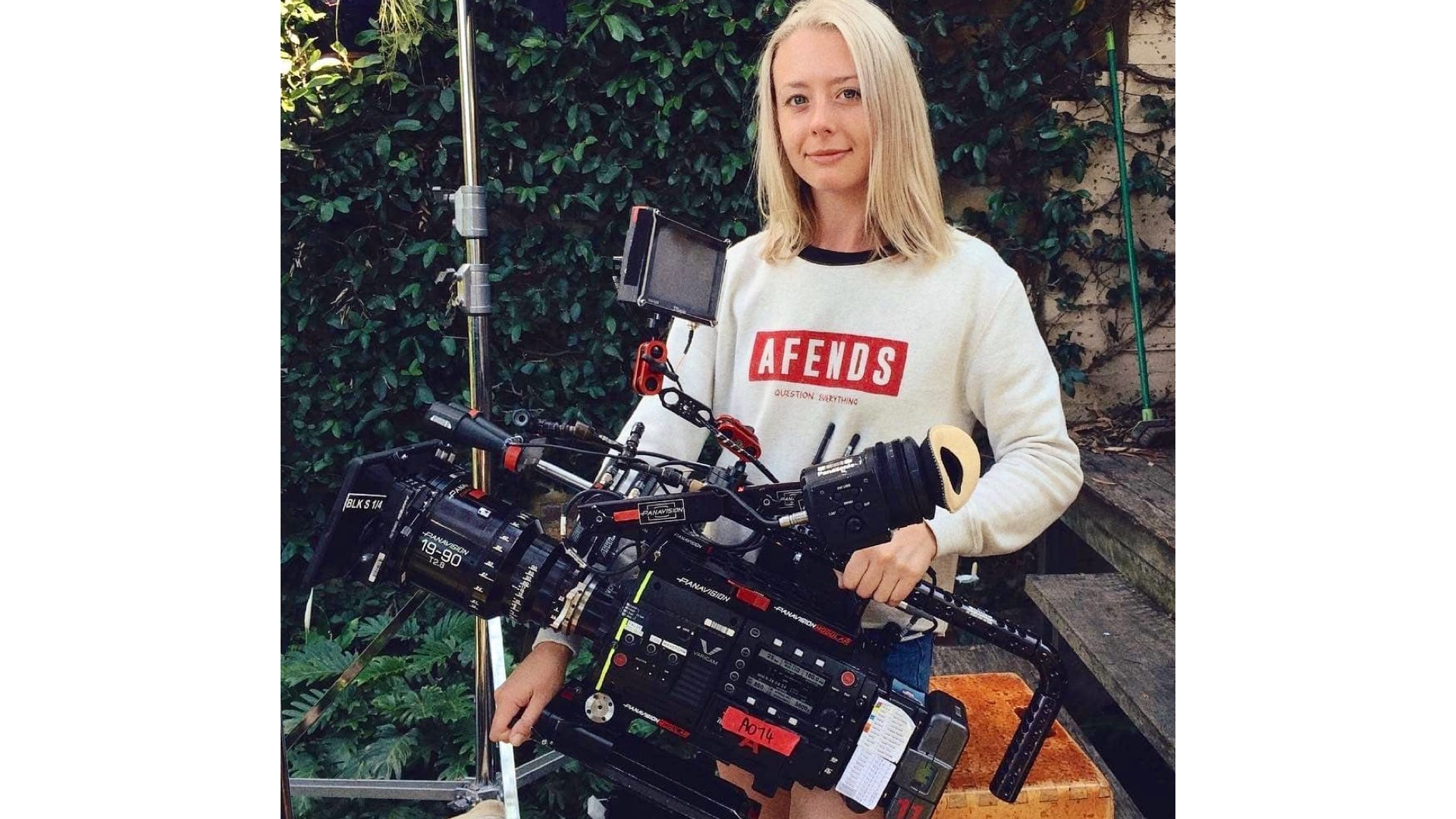
More emphasis on mirrorless cameras
As explained by Panasonic: “In recent years, the imaging market has seen increased demand, particularly for mirrorless digital cameras, due to the expansion of video production for solo creators. On the other hand, the professional video production market, such as cinema and broadcast production, is also growing, and due to the increasing size of sensors in mirrorless digital cameras and tighter budgets for production the lines between consumer and professional video production markets are quickly blurring”.
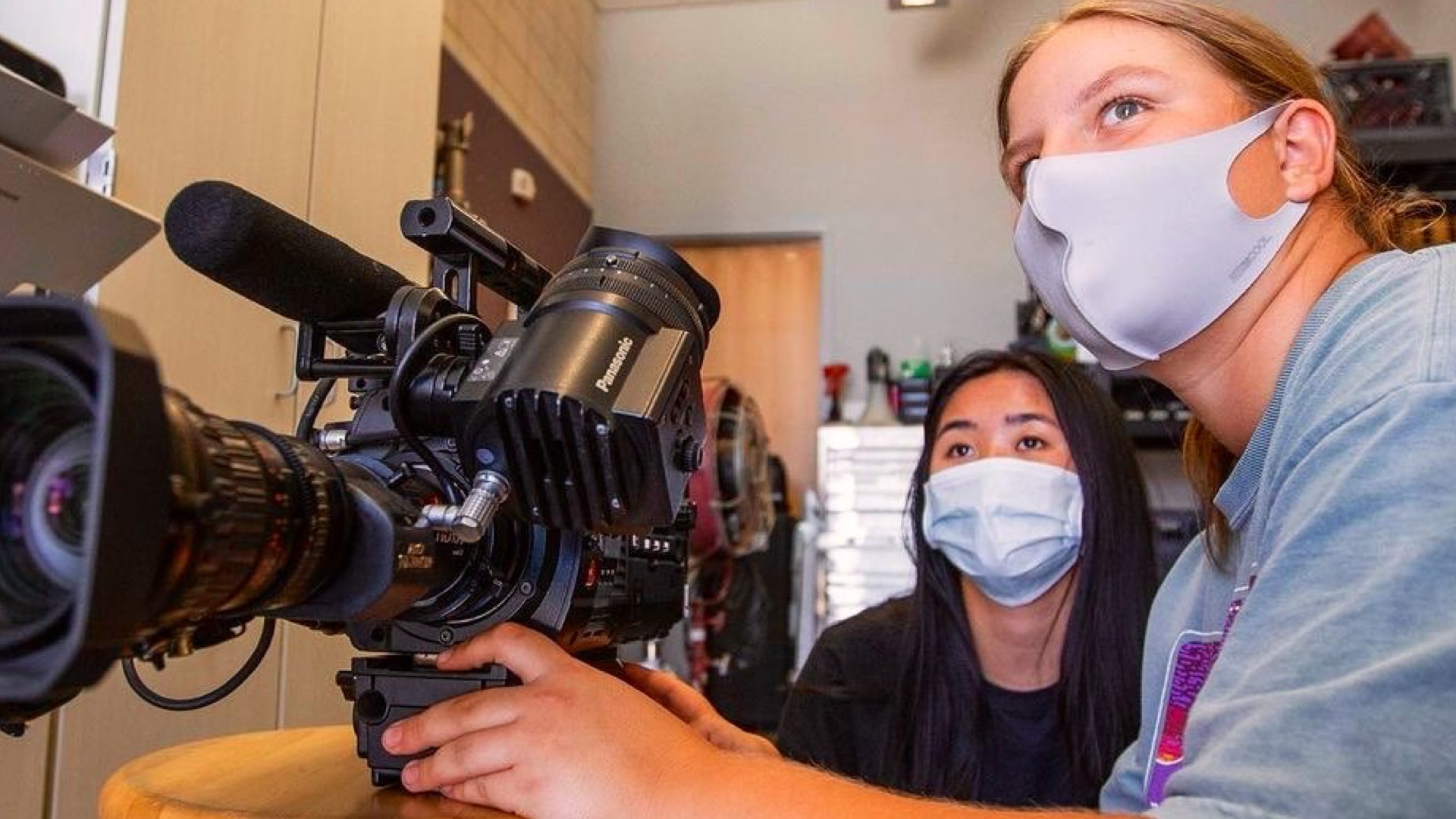
Foreseeing future growth in the overlapping markets for consumer and professional video production, and live-video streaming, the move to integrate the businesses will enable the Panasonic Group to strengthen its imaging business and achieve high growth.
Panasonic
Getting ready for “Cinematic broadcasting”
Panasonic added: “Furthermore, in the field of live broadcast and video streaming, there is an increasing demand for diverse video shooting and streaming equipment that satisfies the requirements of video creators and caters to improved video and audio quality, as well as advancements in visual expression. In the future, there is expected to be further integration of consumer and professional video production and live-video streaming, leading to the continued growth of the imaging market”.
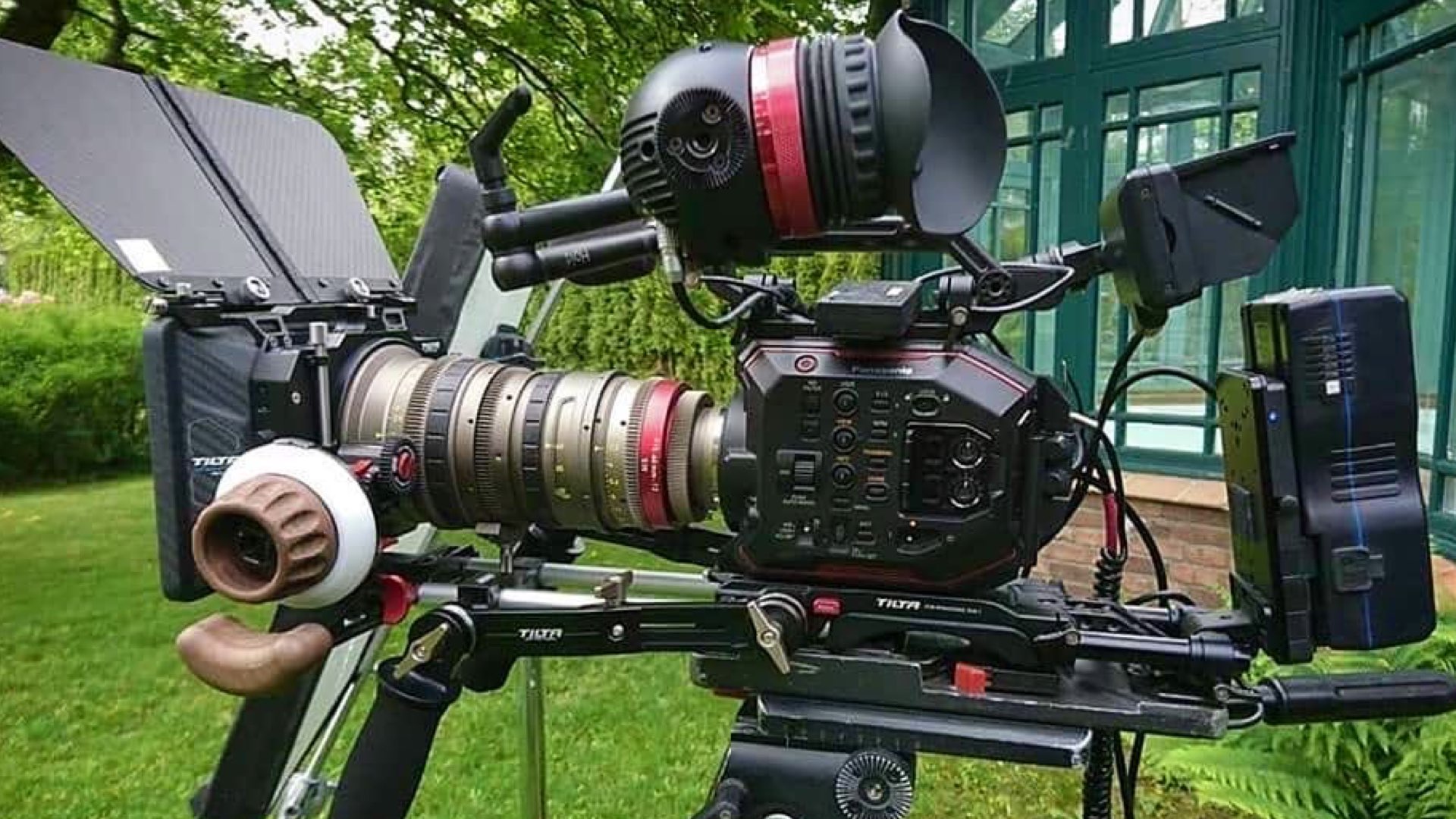
Panasonic’s solution: Prosumer
Panasonic says “Both companies have determined that in response to this trend, there is a need to bridge the divide between professional and consumer uses to provide timely and consistent support throughout the entire process from video shooting to editing and streaming while developing products and services that exceed the expectations of video creators. To achieve this, the imaging-related businesses spanning both companies will be integrated into one organization within the Panasonic Group. As a result, the Group’s resources in this market will be consolidated within Panasonic Entertainment & Communication, which will make the imaging business a pillar of its growth strategy and strengthen its ability to adapt to market changes and respond quickly to the needs of a diverse range of video creators”.
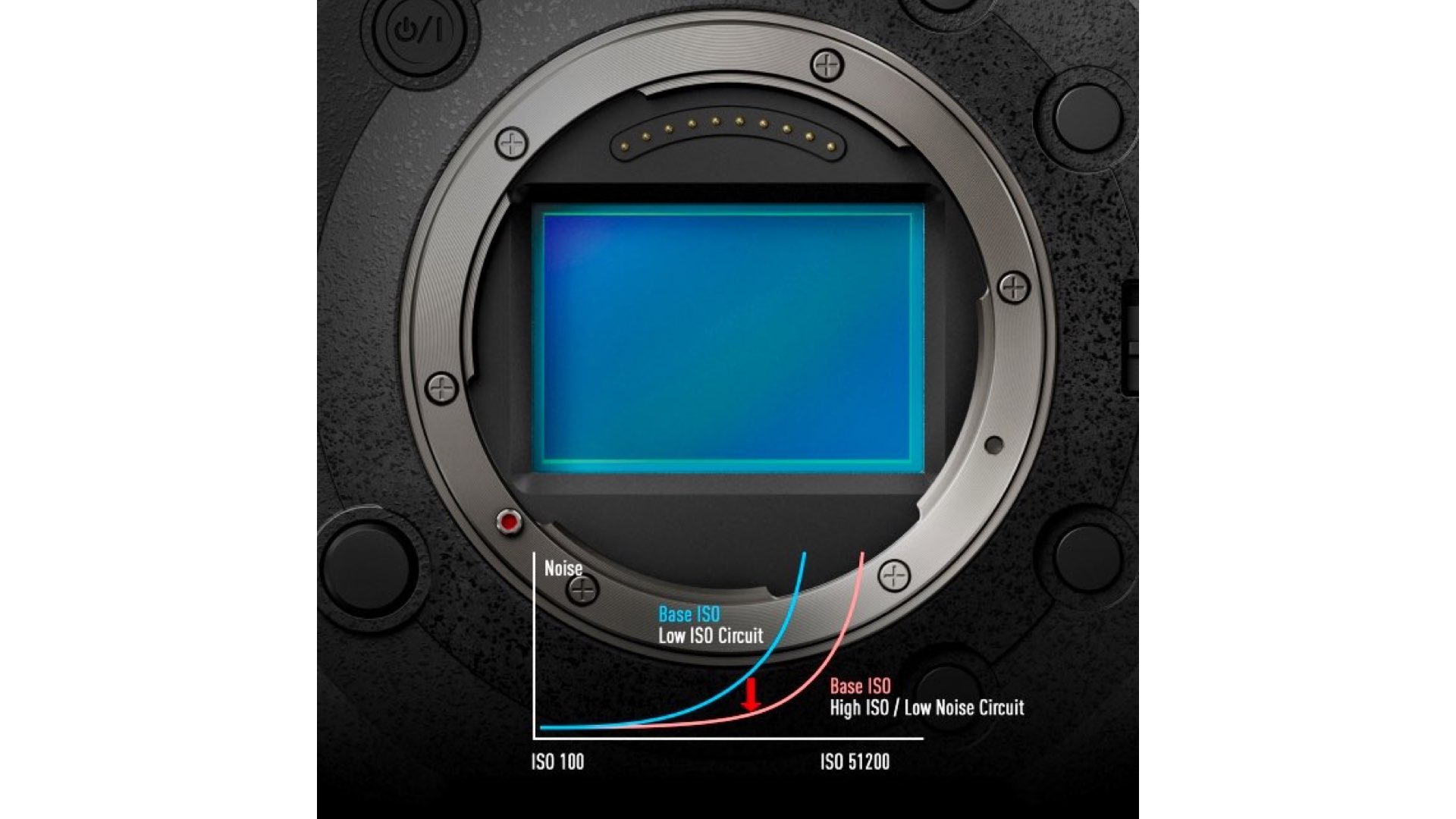
Next big thing: 8K, VistaVision, and organic sensor (?)
It’s hard to forecast what Panasonic is planning. Nevertheless, we assume it will be connected to the 8K organic sensor spotted in 2021 and announced in 2023.
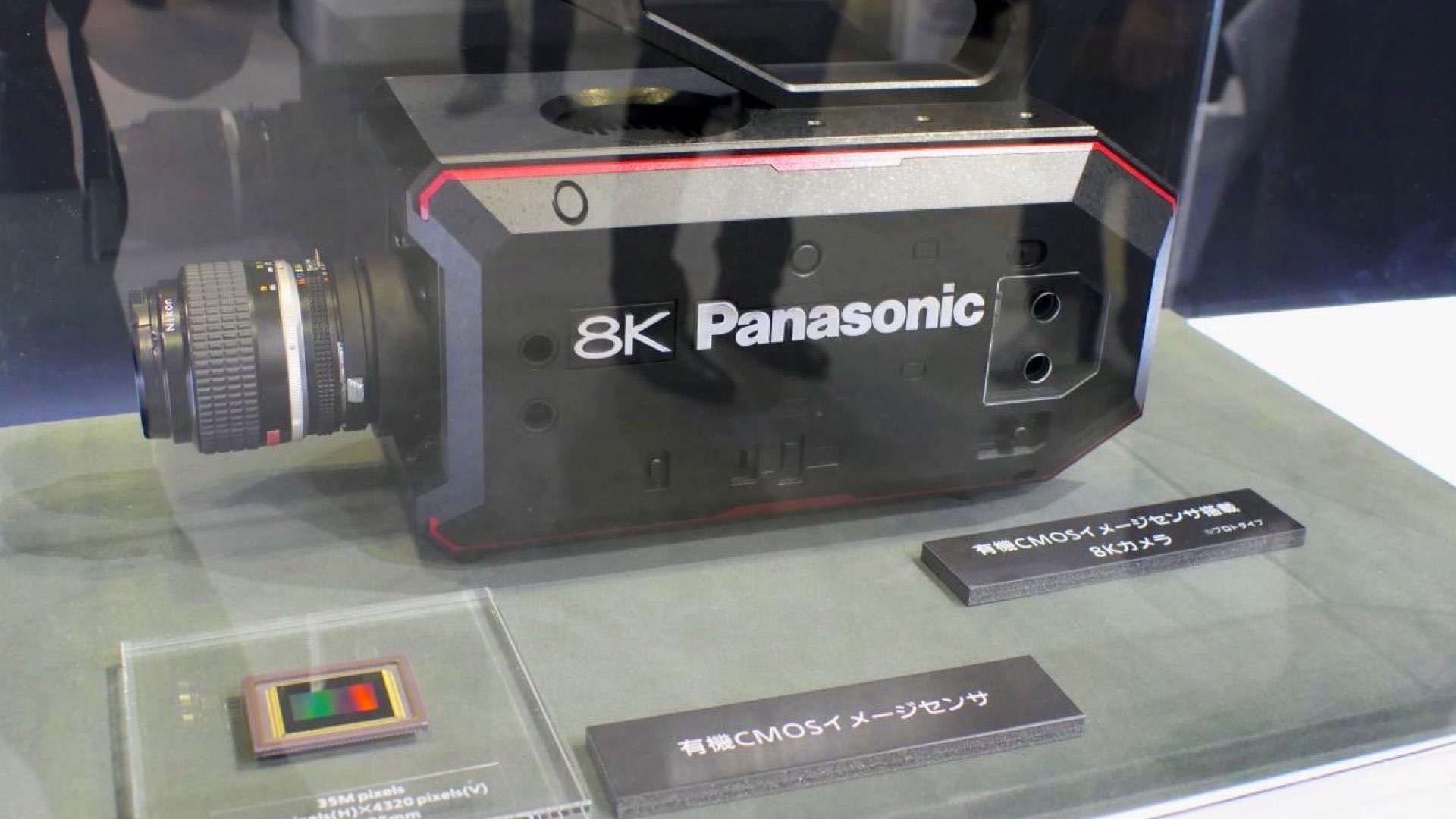
According to Panasonic, the OPF CMOS image sensor technologies will be proposed to other manufacturers and implementations such as commercial broadcasting cameras, surveillance cameras, industrial inspection cameras, and automotive cameras. Although Panasonic did not mention that this sensor will be implemented inside the ‘next VariCam’, or other cinema flagship, anything is possible. As for Panasonic, the cinema lineup needs rehabilitation. It’s hard to know if this latest merging announcement will initiate one. But let’s hope it will. So, is it a GO to the VistaVision VariCam?
Watch the article in 65-seconds:

